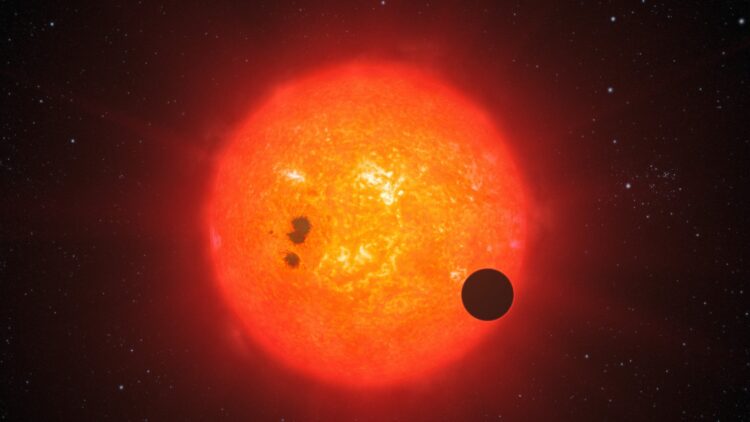Share This Article
How many things do we still not know about our galaxy? The fact is that this universe is full of mysteries that are slowly coming to light thanks to the development of technology. Now, NASA’s James Webb Space Telescope has discovered something surprising, and it’s not about Venus, or the Moon, or Jupiter, or Saturn, it’s about an exoplanet they have called GJ 1214 b, which is located 48 light years from the constellation Ophiuchus, has been classified as a sub-Neptune due to its size (intermediate between Earth and Neptune if we compare it) and has hundreds of scientists who have been observing this exoplanet for more than a decade due to its composition, are going to tell you below what we know about this great discovery!
What is the James Webb?
It is the most advanced telescope ever built on our planet. It belongs to NASA and was a collaboration between the European Space Agency (ESA) and the Canadian Space Agency (CSA). It was designed to observe the universe through infrared, which makes it possible to observe stars and galaxies that no longer exist in the present (we already know that in the galaxy distances are measured in light years and that the image we receive is therefore from the very past, even from some stars that were formed shortly after the Big Bang!). This telescope has a huge 6.5-meter mirror that can capture more light than any other telescope and is located 1.5 million kilometres from our planet, and has been the protagonist of this discovery.
Why are they called sub-Neptunes?
This is the name given to planets that are smaller than Neptune but larger than Earth, as they are intermediate in size between the two planets and also have similar compositions (either gaseous like Neptune or rocky like Earth).
Deciphering GJ 1214 B
This planet, located 48 light years from the constellation Ophiuchus, has been a mystery to scientists because it had a dense layer of clouds that made it very difficult to observe clearly. This type of planet with this composition is not found in our Solar System and that is why it attracts so much attention from the scientific community. Thanks to the JWST infrared, they were able to create a more detailed heat map in which the “day and night” of the planet were captured, but the most incredible thing is that the atmosphere of this planet reflects a considerable amount of light from its host star, in addition, its atmosphere is composed of water and methane, which points to a water origin.



